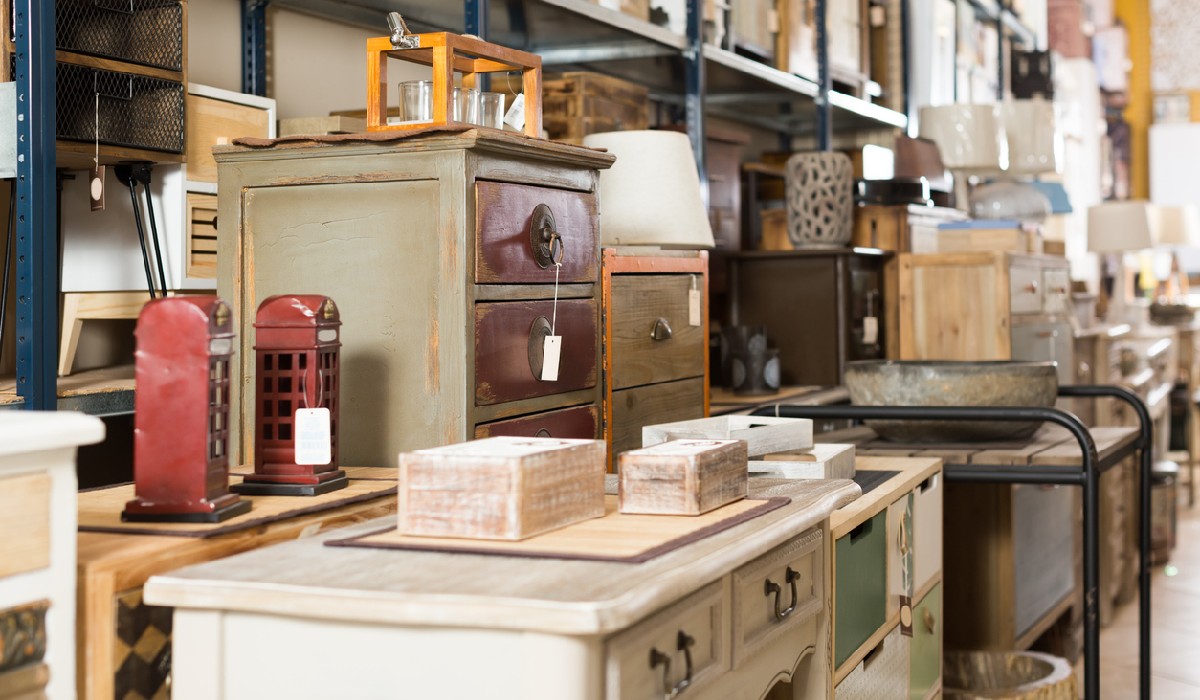

Articles
Where Can I Sell Used Furniture
Modified: January 7, 2024
Looking to sell your used furniture? Find the best places to sell furniture online and locally. Get top dollar for your items with our expert tips and advice.
(Many of the links in this article redirect to a specific reviewed product. Your purchase of these products through affiliate links helps to generate commission for Storables.com, at no extra cost. Learn more)
Introduction
When it comes to selling used furniture, there are various options available to cater to different needs and preferences. Whether you’re looking to declutter your space, upgrade your furniture, or simply make some extra cash, exploring different avenues can help you find the right buyer and fetch a fair price for your pre-loved pieces.
The furniture market has evolved significantly with the advent of the internet, offering sellers various platforms to connect with potential buyers. In this article, we will explore some of the most effective ways to sell used furniture, both online and offline.
Before jumping into the various options, it’s essential to consider a few factors to set your expectations and make informed decisions. First, evaluate the condition of your furniture. If it’s in good shape with minimal wear and tear, you can expect a higher selling price. On the other hand, if the furniture is heavily damaged or requires repairs, you might need to adjust your price accordingly.
Another factor to consider is the demand for your furniture style. Vintage, antique, or unique pieces tend to be sought after by collectors and enthusiasts, offering the potential for higher sale prices. Meanwhile, more modern and mainstream furniture may have a larger pool of potential buyers, but competition might be higher as well.
Finally, think about your preferred selling method. If you’re tech-savvy and comfortable navigating online platforms, you might prefer the convenience of selling furniture online. However, if you prefer personal interactions and want to showcase your furniture in person, local options might be more suitable.
Now, let’s dive into some of the most popular ways to sell used furniture and explore the advantages and disadvantages of each method.
Key Takeaways:
- Selling used furniture offers a multitude of options, from local classifieds to estate sales, each with its own advantages and considerations. High-quality photos, accurate descriptions, and competitive pricing are essential for success.
- Regardless of the method chosen, prioritizing safety, providing excellent customer service, and embracing transparency are key principles for successful furniture sales. Each avenue presents unique opportunities to turn pre-loved furniture into new opportunities.
Local Classifieds
Local classifieds have long been a popular option for selling used furniture. Whether it’s through print publications or online platforms, local classifieds provide a convenient way to reach buyers in your area. Here are some key advantages and considerations for using local classifieds:
Advantages:
- Targeted Audience: Local classifieds allow you to connect with potential buyers who are specifically looking for furniture in your area. This can increase the chances of finding interested buyers quickly.
- Minimal Fees: In many cases, posting ads on local classifieds is either free or involves minimal fees. This makes it a cost-effective way to sell your used furniture, especially if you’re on a tight budget.
- Easy Communication: With local classifieds, you can communicate directly with potential buyers, answer their questions, negotiate prices, and arrange for viewings or pickups.
Considerations:
- Competition: Local classifieds can sometimes be crowded with other sellers, making it essential to make your listing stand out. Include clear and enticing descriptions, high-quality photos, and competitive pricing to attract attention.
- Limited Reach: While local classifieds are great for targeting buyers in your area, they may not be as effective if you’re looking to reach a wider audience or sell to buyers outside your vicinity.
- Safety Concerns: When meeting potential buyers in person, it’s important to prioritize your safety. Arrange meetings in public places, bring a friend along, and trust your instincts. Always exercise caution when finalizing transactions.
To sell your used furniture through local classifieds, start by researching popular platforms in your area. Look for both online options, such as local community websites or classified listing websites, as well as print publications, such as newspapers or community magazines that offer classified sections.
When creating your listing, be sure to include all the necessary details about your furniture, such as dimensions, materials, and any special features. High-quality photos can significantly increase the chances of attracting potential buyers, so ensure that your images showcase the furniture in the best possible light.
To maximize your chances of selling your furniture quickly, consider setting a competitive price based on factors such as age, condition, brand, and market demand. Be open to negotiation, but also have a minimum price in mind to avoid accepting an offer that’s lower than your desired price.
Remember to respond promptly to inquiries, be courteous and professional in your interactions, and prioritize safety during meetups or viewings. Local classifieds can be an excellent avenue for selling used furniture, providing a direct connection with buyers in your area and the opportunity to quickly and conveniently sell your pre-loved pieces.
Online Marketplaces
One of the most popular and effective ways to sell used furniture is through online marketplaces. These platforms provide a vast reach, connecting sellers with potential buyers from all over the world. Here are the key advantages and considerations for using online marketplaces:
Advantages:
- Wide Audience: Online marketplaces have millions of users actively searching for furniture, offering a massive potential customer base for your listings. This increases the chances of finding interested buyers quickly.
- Convenience: Selling furniture online allows you to operate from the comfort of your own home. You can list your items, communicate with buyers, and finalize transactions at any time, making it a convenient option for busy individuals.
- Shipping Options: Online marketplaces often provide shipping options, which means you can sell to buyers outside your local area or even internationally. This opens up a much larger market for your furniture.
Considerations:
- Competition: Online marketplaces can be highly competitive, with many sellers vying for attention. It’s essential to create compelling listings with detailed descriptions, high-quality photos, and competitive pricing to stand out from the crowd.
- Shipping Challenges: While shipping options expand your customer base, it’s important to factor in the logistics and costs of packaging and shipping larger furniture items. Consider your shipping options carefully to ensure a smooth transaction.
- Online Scams: Unfortunately, online marketplaces are not immune to scams or fraudulent buyers. Be cautious when dealing with potential buyers, look out for red flags, and use secure payment methods to protect yourself and your furniture.
There are several popular online marketplaces where you can sell your used furniture, such as eBay, Craigslist, Facebook Marketplace, and Letgo. Choose the platform(s) that align with your preferences and have a strong presence in your target market.
When creating your listings, provide detailed and accurate descriptions of your furniture, including dimensions, materials, brand, age, and any flaws or signs of wear. High-quality photos from multiple angles can help showcase your furniture’s features and attract potential buyers.
Set a competitive price based on factors like the item’s condition, value, and market demand. Research similar listings to get an idea of the going rates, and be open to negotiation while keeping your desired minimum price in mind.
Respond promptly to inquiries, answer questions about your furniture, and provide additional information or photos if requested. Prioritize safety when meeting potential buyers in person, and consider using secure payment methods, such as PayPal, for online transactions.
Online marketplaces offer tremendous potential for selling used furniture, providing a vast audience and convenient platforms to connect with interested buyers. With careful planning and execution, you can successfully sell your pre-loved furniture and turn them into cash while reaching a global market.
Consignment Stores
Consignment stores are a popular option for selling used furniture, as they provide a convenient way to showcase your pieces to potential buyers. These stores typically operate by taking your furniture on consignment, meaning they display and sell it on your behalf. Here are some advantages and considerations for selling your furniture through consignment stores:
Advantages:
- Expertise and Exposure: Consignment stores have a dedicated customer base and knowledgeable staff who understand the furniture market. They can provide insights on pricing and market demand, increasing your chances of a successful sale.
- Showcasing: Consignment stores typically have attractive displays, creating an appealing environment for potential buyers. Your furniture is presented in a professionally curated setting, enhancing its visual appeal.
- Time-saving: By working with a consignment store, you delegate the responsibility of marketing and selling your furniture. This frees up your time and eliminates the need for personal interactions with potential buyers.
Considerations:
- Commission Fees: Consignment stores usually charge a commission fee, typically a percentage of the final selling price. This fee covers their services, including display, marketing, and administration. Be sure to clarify the terms and commission rates before committing to a consignment store.
- Price Negotiation: Since the consignment store is handling the sale, they will often negotiate the price on your behalf with potential buyers. This may result in a slightly lower final selling price than what you initially listed.
- Timing: Selling through consignment stores may take longer compared to other methods, as it relies on finding the right buyer who is specifically interested in your furniture. Be prepared to wait for the right opportunity.
To sell your furniture through consignment stores, start by researching local stores that specialize in furniture consignment. Visit the stores personally to assess their environment, the quality of their inventory, and their customer base. Look for stores that align with the style and condition of your furniture.
Once you’ve chosen a consignment store, get in touch with them to inquire about their consignment process. Understand their terms, commission rates, and any specific requirements they may have. Some consignment stores may require you to provide detailed information about your furniture or even arrange for transportation to their location.
Prepare your furniture for consignment by ensuring that it’s clean, in good condition, and ready for display. Take quality photographs of your furniture from multiple angles, as this will help the consignment store market your pieces effectively. You may also need to provide any relevant documentation, such as proof of ownership or original receipts.
Once your furniture is accepted by the consignment store, they will handle the selling process on your behalf. They will set the price, display your furniture in their showroom, and deal directly with potential buyers. Once a sale is made, the consignment store will deduct their commission fee and give you the remaining amount.
Consignment stores offer a hassle-free way to sell your used furniture, with the expertise and exposure they provide. By partnering with the right consignment store, you can reach a targeted audience and increase the chances of a successful sale, while leaving the marketing and selling process in experienced hands.
Antique Dealers
If you have antique furniture or unique, vintage pieces, selling them through antique dealers can be an excellent option. Antique dealers specialize in buying and selling rare and collectible furniture that holds historical or artistic value. Here are some advantages and considerations for selling your furniture through antique dealers:
Advantages:
- Expert Knowledge: Antique dealers have in-depth knowledge of different furniture styles, periods, and craftsmanship. They can accurately assess the value and authenticity of your antique furniture, ensuring you receive a fair price.
- Specialized Market: Antique dealers have a network of collectors, enthusiasts, and buyers who specifically seek out unique and antique furniture. This targeted market increases the chances of finding the right buyer for your pieces.
- Professional Appraisals: Many antique dealers offer appraisal services to determine the value of your furniture. This can be useful if you’re unsure of the true worth of your pieces.
Considerations:
- Commission Fees: Working with antique dealers often involves a commission fee, which is a percentage of the final selling price. This fee covers their expertise, marketing efforts, and handling of the sales process.
- Selective Buying: Antique dealers are selective in their purchases, as they have specific criteria and preferences. Not all antique furniture will meet their requirements, so be prepared for the possibility of rejection or lower offers if your pieces do not align with their niche.
- Market Demand: The market demand for antique furniture can fluctuate, depending on trends and collector interests. It’s essential to research the current market to gauge the demand for your specific pieces and set realistic expectations.
To sell your furniture through antique dealers, start by researching reputable dealers in your area or those who specialize in your particular style or era of furniture. Look for dealers with a solid reputation, extensive experience, and a track record of fair transactions.
Contact the dealers and inquire about their buying process. Some may prefer to view your furniture in person, while others may request detailed photographs and descriptions. Be prepared to provide information about the age, origin, materials, and any relevant historical or provenance details about your furniture.
If the dealer expresses interest in your furniture, they may schedule an appointment to evaluate and appraise your pieces. During the evaluation, the dealer will assess the condition, authenticity, and market value of your furniture. They may also consider factors such as rarity, historical significance, and current market demand.
Based on their assessment, the antique dealer will make an offer for your furniture. Negotiation is common in these transactions, so be prepared to discuss the price and any terms or conditions. Once an agreement is reached, the dealer will handle the logistics of the sale and payment.
Working with antique dealers can be an excellent way to sell your valuable and unique furniture, ensuring that they find appreciative new homes. Take the time to find knowledgeable and trustworthy dealers who can provide fair evaluations and help you get the best possible price for your antique pieces.
Read more: Where Can I Sell Used Hand Tools
Furniture Auctions
Furniture auctions provide an exciting opportunity to sell your furniture to the highest bidder. Auctions attract a diverse range of buyers, including collectors, dealers, and individuals looking for unique pieces. Here are the advantages and considerations for selling your furniture through furniture auctions:
Advantages:
- Competitive Bidding: Auctions create a competitive environment where multiple buyers bid on your furniture. This can drive up the price and potentially result in a higher selling price than expected.
- Exposure: Auctions often have a large audience, both in-person and online. This exposure increases the chances of reaching a broader group of potential buyers and generating interest in your furniture.
- Speed of Sale: Furniture auctions typically have set timelines, with items sold on a specific date. This can lead to a relatively quick sale compared to other methods that may require waiting for interested buyers to come forward.
Considerations:
- Auction Fees: Auction houses charge various fees, including listing fees, commission fees, and buyer’s premiums. These fees cover the costs associated with hosting the auction, marketing, and administrative expenses.
- Reserve Price: Some auctions allow you to set a reserve price, which is the minimum selling price you’re willing to accept. If the bidding does not reach the reserve price, your furniture may not be sold, and you may have to reconsider your options.
- Uncertain Selling Price: While auctions can lead to competitive bidding and higher prices, there’s no guarantee of how much your furniture will sell for. The final selling price depends on the interest, competition, and willingness of buyers to bid on your items.
To sell your furniture through an auction, start by researching reputable auction houses in your area or those that specialize in furniture. Look for auction houses with experience in selling furniture similar to yours and inquire about their auction process and terms.
Submit your furniture for consideration, providing detailed information, high-quality photographs, and any documentation or provenance details if applicable. Some auction houses may offer appraisal services to determine the value of your furniture, or they may conduct their own evaluation process.
If your furniture is accepted, the auction house will list and market your items in their auction catalog or website. The auction will be scheduled on a specific date, and potential buyers will have the opportunity to view and inspect your furniture before bidding.
During the auction, interested buyers will place bids on your furniture, either in person, through absentee bidding, or online. The bidding process will continue until there are no more competitive bids, and the highest bidder will win the furniture.
Once the auction concludes, the auction house will handle the payment collection and facilitate the transfer of the furniture to the buyer. They will deduct their fees and provide you with the proceeds from the sale.
Furniture auctions can be an exciting and dynamic way to sell your furniture, providing the potential for competitive bidding and the possibility of achieving a higher selling price. However, it’s essential to carefully review the auction house’s terms and fees to ensure it aligns with your expectations and goals.
Consider selling used furniture on online marketplaces such as Facebook Marketplace, Craigslist, or Letgo. You can also try consignment shops, garage sales, or local buy/sell/trade groups. Be sure to take clear photos and accurately describe the condition of the furniture to attract potential buyers.
Garage Sales
Hosting a garage sale is a classic and effective way to sell used furniture. It allows you to reach a local audience and provide a hands-on shopping experience. Here are the advantages and considerations for selling your furniture through garage sales:
Advantages:
- Convenience: Garage sales are convenient because you can host them at your own home. This eliminates the need for transportation and allows potential buyers to see the furniture in-person.
- Direct Interaction: Garage sales give you the opportunity to interact directly with potential buyers. You can answer their questions, discuss the details of the furniture, and negotiate prices on the spot.
- Clearing Clutter: Hosting a garage sale is an excellent way to declutter your space and get rid of furniture that you no longer need or want. It’s a win-win situation: you free up space while making some extra cash.
Considerations:
- Limited Reach: Garage sales primarily attract local buyers and those passing by your neighborhood. While this can be beneficial for selling furniture quickly, it limits the potential audience compared to online or broader market options.
- Weather Dependence: Garage sales are subject to weather conditions. Bad weather can drastically reduce foot traffic and impact the success of your sale. Consider choosing a date with favorable weather or having a backup plan, such as a covered area or rescheduling if needed.
- Pricing Challenges: Determining the right prices for your furniture can be challenging during a garage sale. It’s essential to strike a balance between attracting buyers with competitive prices and ensuring you’re getting a fair value for your items.
To organize a successful garage sale, start by selecting a date and time that will attract the most potential buyers. Weekends, particularly Saturdays, tend to be popular choices. Advertise your garage sale in local community groups, online classifieds, and through signs in your neighborhood to attract visitors.
Prior to the sale, clean and prepare your furniture for display. Arrange the items in an organized and visually appealing way, ensuring they are easily accessible for potential buyers to explore. Clearly label each piece with prices, and consider grouping items by category or room to make browsing more convenient.
During the garage sale, be prepared to interact with potential buyers. Answer their questions, provide accurate information about the furniture, and be open to negotiation if necessary. Having a friendly and approachable demeanor can create a positive experience for buyers and increase the likelihood of making a sale.
At the end of the garage sale, consider offering discounted prices or bundle deals to incentivize buyers and clear out remaining furniture. If any items do not sell, you can choose to donate them, try selling them through other methods, or consider participating in future garage sales.
Garage sales provide a hands-on and immediate way to sell your furniture locally. They offer convenience, personal interaction, and the opportunity to declutter your space. With proper planning and promotion, a successful garage sale can help you find new homes for your furniture while making a profit.
Estate Sales
Estate sales are a unique and comprehensive way to sell furniture and other belongings from an entire estate. Whether it’s due to downsizing, relocation, or the passing of a loved one, estate sales provide an opportunity to liquidate the entire contents of a home. Here are the advantages and considerations for selling furniture through estate sales:
Advantages:
- Comprehensive Solution: Estate sales allow you to sell not only furniture but also other household items, appliances, decor, and more. This comprehensive approach can attract a wide range of buyers who are interested in various items.
- Exposure to Serious Buyers: Estate sales often attract serious buyers, including collectors, resellers, and interior decorators. These individuals are actively looking for unique and valuable pieces, providing a higher chance of fetching competitive prices.
- Professional Organization: Estate sales are typically organized and managed by professionals who specialize in the process. They handle the logistics, marketing, and setting up of the sale, which can save you time and ensure a well-structured event.
Considerations:
- Commission Fees: Estate sale companies typically charge a commission or percentage of the total sales as their fee. This covers their services, such as organizing the sale, marketing, staffing, and managing the entire process.
- Time and Planning: Estate sales require careful planning and preparation. They often involve assessing, organizing, pricing, and staging a wide variety of items within a home. It’s essential to allocate sufficient time to ensure a successful and well-executed estate sale.
- Emotional Considerations: Estate sales can be emotionally challenging, especially if they involve selling possessions due to a personal loss or significant life change. It’s essential to be prepared for the emotional aspects and seek support if needed.
To organize an estate sale, consider hiring a professional estate sale company or an experienced estate sale organizer. They will guide you through the entire process, from assessing the furniture and other items to staging and hosting the sale.
The estate sale company will work with you to determine the pricing of your furniture, considering factors such as age, condition, brand, and market demand. They will handle the marketing and advertising of the sale, reaching potential buyers through various channels, including their client base, online listings, and local promotions.
During the estate sale, the company’s staff will be responsible for managing the sale, answering buyer inquiries, and facilitating the transactions. They will handle the financial aspects, including collecting payments and providing you with the proceeds of the sale, minus their commission fees.
By organizing an estate sale, you can ensure that your furniture receives exposure to serious buyers who are specifically interested in estate sales. The comprehensive nature of estate sales also allows for the possibility of selling multiple items and clearing out an entire estate in one go.
Keep in mind that estate sales require careful planning, emotional preparation, and the involvement of professionals. With their expertise and guidance, you can successfully navigate the process and achieve a well-organized and lucrative estate sale.
Social Media Platforms
Social media platforms have become powerful tools for selling used furniture. With their large user bases and extensive reach, platforms like Facebook, Instagram, and Twitter offer a convenient way to connect with potential buyers. Here are the advantages and considerations for selling furniture through social media platforms:
Advantages:
- Wide Reach: Social media platforms have billions of active users worldwide, providing access to a vast audience. This extensive reach increases the visibility of your furniture listings and the chances of finding interested buyers.
- Targeted Advertising: Many social media platforms offer advertising options that can help you target specific demographics or individuals with an interest in furniture. This can significantly enhance your chances of reaching the right audience for your listings.
- Engagement and Interaction: Social media allows for direct engagement with potential buyers. You can answer questions, share additional details or photos, negotiate prices, and build relationships with interested individuals.
Considerations:
- Competition: Social media platforms are flooded with countless sellers offering furniture and other goods. It’s important to create compelling ads and posts that make your furniture stand out from the crowd.
- Quality Visuals: Visual content is crucial on social media platforms. High-quality photos or videos are essential to showcase your furniture effectively and capture the attention of potential buyers.
- Security and Privacy: When engaging with potential buyers on social media, be cautious about sharing personal information and adhere to the platform’s privacy settings. Proceed with secure payment methods and prioritize your safety during meetups or transactions.
To sell your furniture on social media platforms, start by creating dedicated social media accounts or using existing personal accounts. Consider utilizing platforms like Facebook Marketplace, Instagram, or Twitter, depending on your target audience and the platform’s popularity in your region.
Create attractive and informative posts or ads featuring your furniture. Include detailed descriptions, dimensions, condition, and any unique features. Use high-quality photos that highlight the furniture’s best qualities and consider incorporating lifestyle shots to show how the furniture can be used in a home setting.
Engage with potential buyers by responding promptly to comments or direct messages. Be professional, provide accurate information, negotiate prices when necessary, and arrange for viewings or pickups in a secure manner. Encourage interested individuals to share your posts or recommend your furniture to their networks.
Take advantage of the advertising options offered by social media platforms to target specific audiences who are likely to be interested in your furniture. Utilize keywords, location targeting, and demographics to optimize your ad reach and increase the chances of connecting with the right buyers.
Lastly, always maintain an active and consistent presence on social media. Regularly update your listings, engage with followers, and monitor inquiries. Social media platforms provide an ongoing opportunity to showcase and sell your furniture, so make the most of these digital connections.
Social media platforms offer a convenient and accessible way to sell your furniture to a wide audience. By leveraging their reach, engagement features, and targeted advertising options, you can effectively promote your furniture listings and connect with interested buyers in a dynamic and interactive manner.
Read more: Where Can I Buy Used Furniture
Furniture Restoration Shops
Furniture restoration shops offer a unique opportunity to sell your used furniture that may need a little love and attention. These shops specialize in restoring and refurbishing furniture to bring it back to its original glory. Here are the advantages and considerations for selling your furniture through furniture restoration shops:
Advantages:
- Expertise in Restoration: Furniture restoration shops have the necessary skills and knowledge to breathe new life into worn-out or damaged furniture. If your furniture requires repairs, refinishing, or upholstery work, these shops can help restore its beauty and value.
- Increase in Value: By having your furniture restored, you can significantly increase its resale value. Buyers are often willing to pay more for well-crafted, vintage, or unique pieces that have undergone professional restoration.
- Access to a Niche Market: Furniture restoration shops attract buyers who appreciate the beauty and craftsmanship of restored furniture. These individuals seek out unique, one-of-a-kind pieces and are likely to pay a premium for them.
Considerations:
- Restoration Costs: Restoring furniture can come with a price tag. The cost of repairs, refinishing, and upholstery work will vary depending on the extent of the restoration needed and the complexity of the project. Consider the potential return on investment when deciding whether to have your furniture restored.
- Time Investment: Restoring furniture takes time, and the process may require your furniture to be in the shop for an extended period. Be prepared for potential delays and discuss a timeline with the restoration shop to align expectations.
- Selective Acceptance: Furniture restoration shops may be selective about the pieces they accept for restoration. They may consider factors such as the quality, style, and market demand of the furniture before agreeing to take it on.
If you have furniture that could benefit from restoration, start by researching reputable furniture restoration shops in your area. Look for shops with a track record of quality work and positive customer reviews.
Visit the shops or reach out to them to discuss your furniture restoration needs. Provide detailed information about the furniture, including any known issues or desired changes. The restoration shop will assess the piece and provide an estimate of the restoration costs and timeline.
If you agree to move forward, the shop will take your furniture and begin the restoration process. This may involve repairs, refinishing, or reupholstering, depending on the needs of the piece. The shop’s skilled craftsmen will work diligently to restore your furniture to its former beauty.
Once the restoration is complete, the shop may offer to sell your furniture in their showroom or on consignment. They will showcase the piece to potential buyers who appreciate and seek out restored furniture. Negotiate the terms of the sale with the shop, including commission rates, pricing, and any additional fees.
Working with furniture restoration shops allows you to enhance the value of your furniture and tap into a niche market of buyers who appreciate the craftsmanship and uniqueness of restored pieces. It’s a great option if you have furniture that you believe has the potential for increased value through professional restoration.
Conclusion
Selling used furniture can be a rewarding experience, whether you’re looking to declutter, upgrade, or simply make some extra cash. With the multitude of options available, you can choose the method that aligns with your preferences, time constraints, and desired level of involvement.
Local classifieds offer a targeted approach, connecting you with buyers in your area. Online marketplaces provide a wider audience, convenient communication, and potential for shipping to reach buyers beyond your locality. Consignment stores offer expertise, exposure, and time-saving solutions. Antique dealers specialize in unique, valuable pieces, catering to collectors and enthusiasts. Furniture auctions offer competitive bidding and exposure to a diverse range of buyers. Garage sales provide a personal touch and local engagement. Estate sales present a comprehensive solution for liquidating an entire estate. Social media platforms offer extensive reach, engagement, and targeted advertising. Furniture restoration shops can enhance the value of your furniture through skilled craftsmanship.
With each method, there are advantages and considerations to consider. Commission fees, competition, market demand, and time investment should be taken into account when deciding the best approach for selling your furniture.
Regardless of the method you choose, there are key principles to keep in mind. Take high-quality photos that showcase your furniture’s best features, provide accurate and detailed descriptions, and price your items competitively. Be responsive to inquiries, professional in your communication, and prioritize safety during meetups and transactions.
Remember that selling furniture is not just about the transaction; it’s about creating positive experiences for both buyers and sellers. Excellent customer service, honesty, and transparency go a long way in building trust and establishing a positive reputation in the marketplace.
By exploring the various avenues available to sell used furniture and implementing effective strategies, you can successfully find interested buyers, fetch fair prices, and achieve your desired goals. Whether it’s through local channels, online platforms, or specialized markets, it’s time to turn your pre-loved furniture into new opportunities.
Frequently Asked Questions about Where Can I Sell Used Furniture
Was this page helpful?
At Storables.com, we guarantee accurate and reliable information. Our content, validated by Expert Board Contributors, is crafted following stringent Editorial Policies. We're committed to providing you with well-researched, expert-backed insights for all your informational needs.

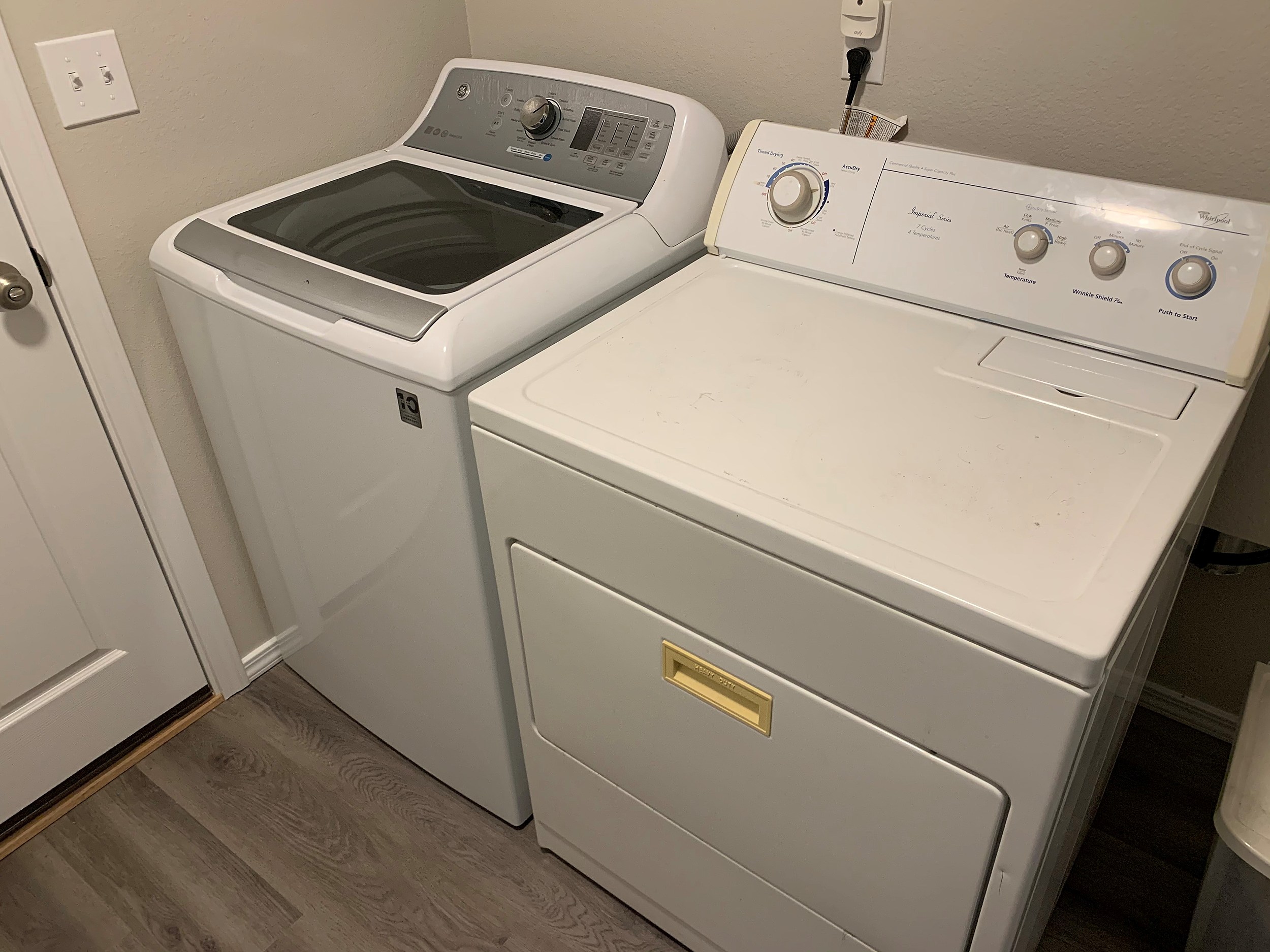
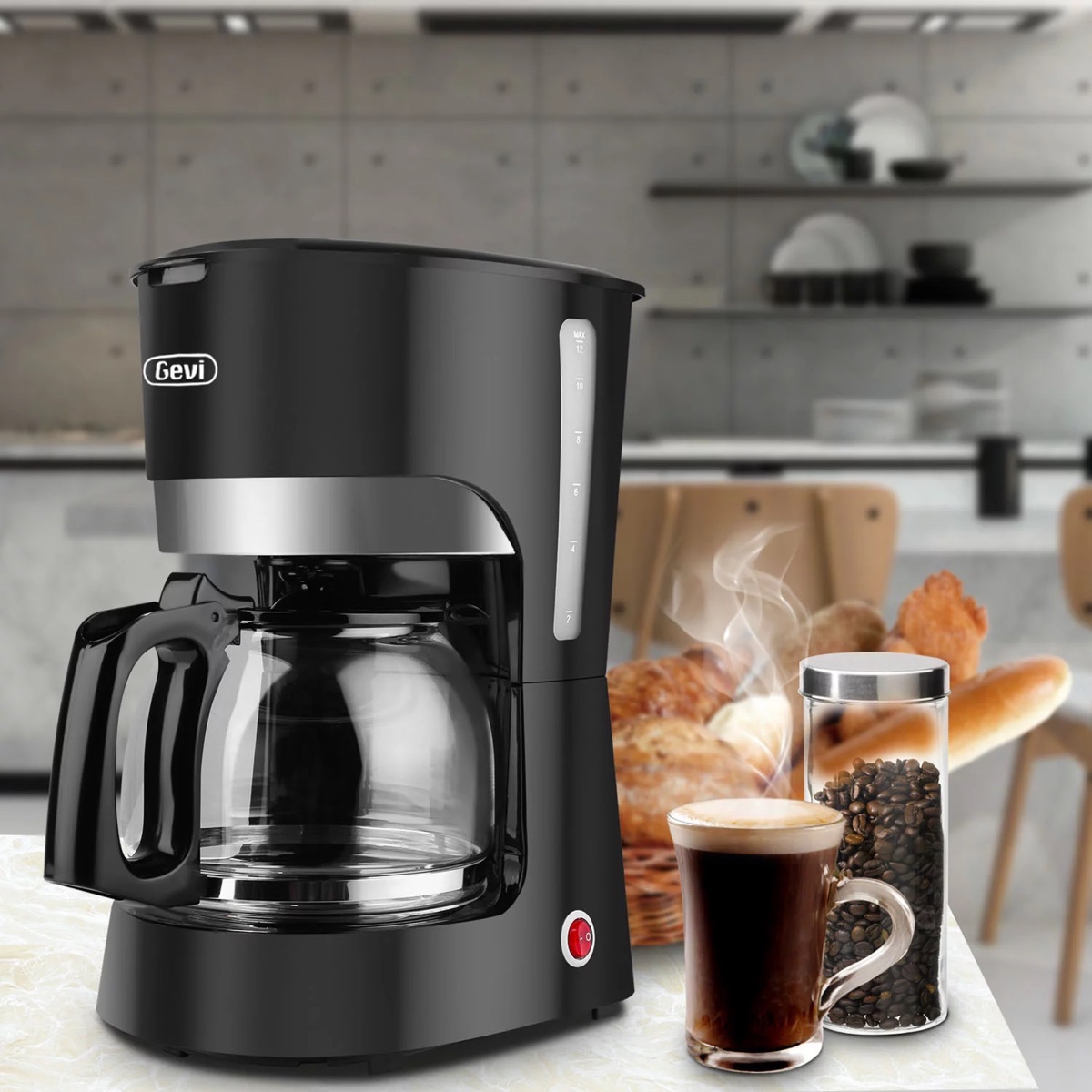
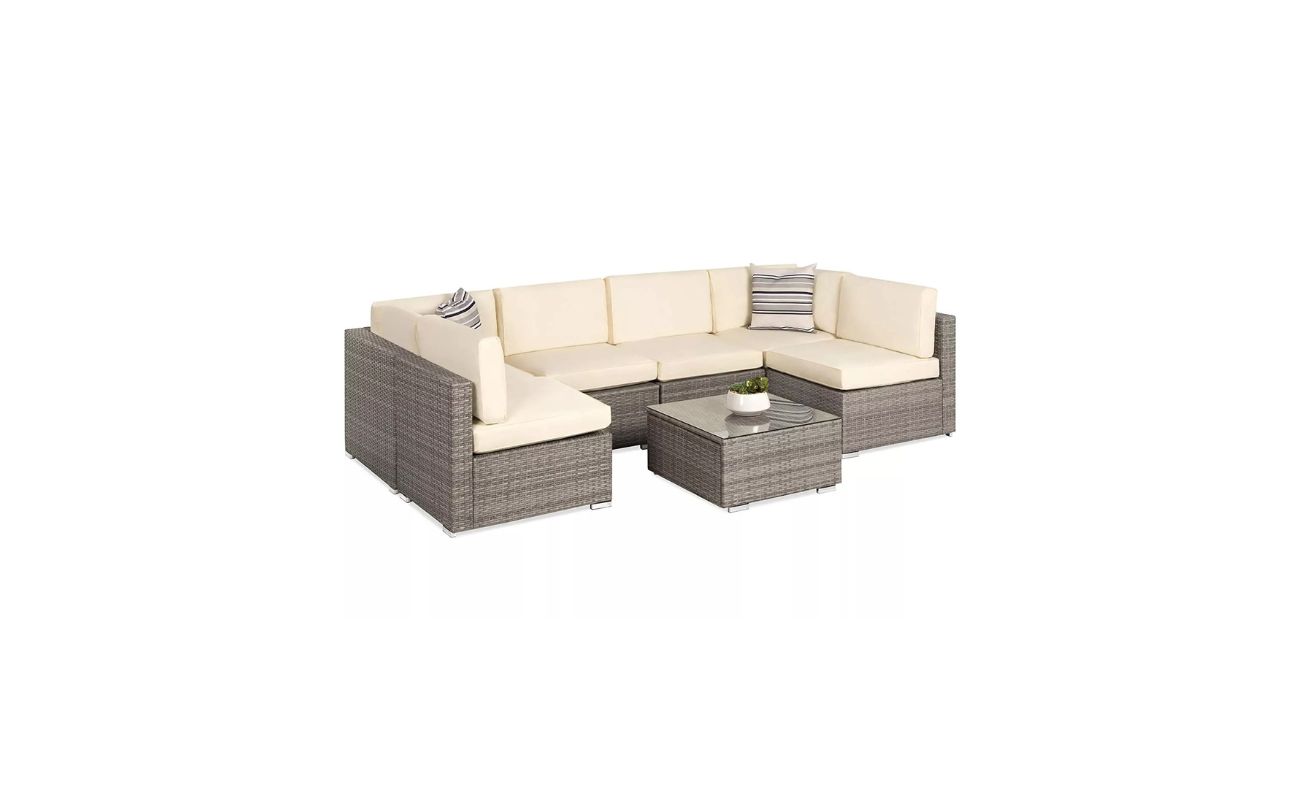

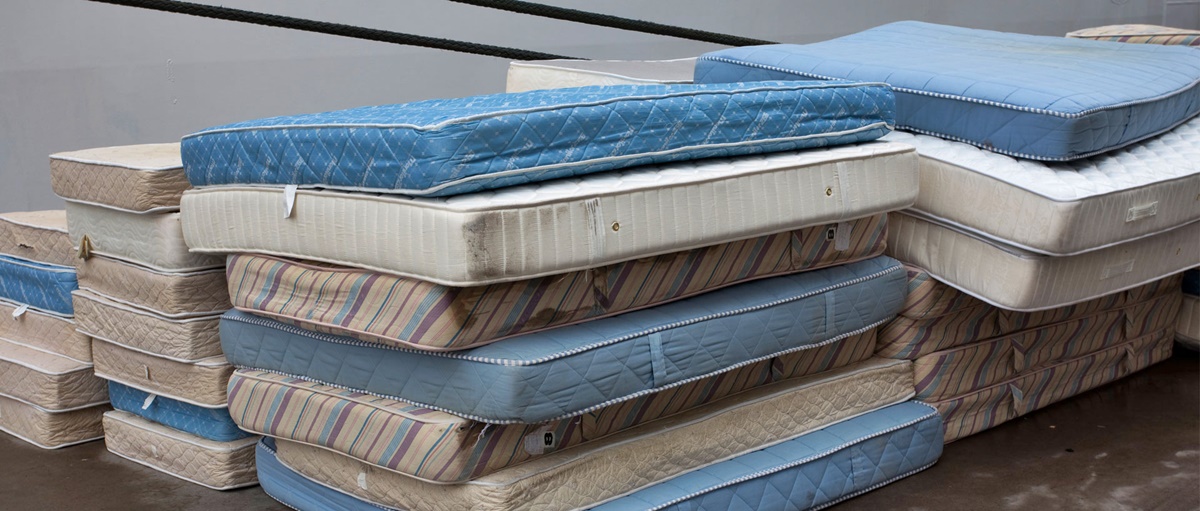
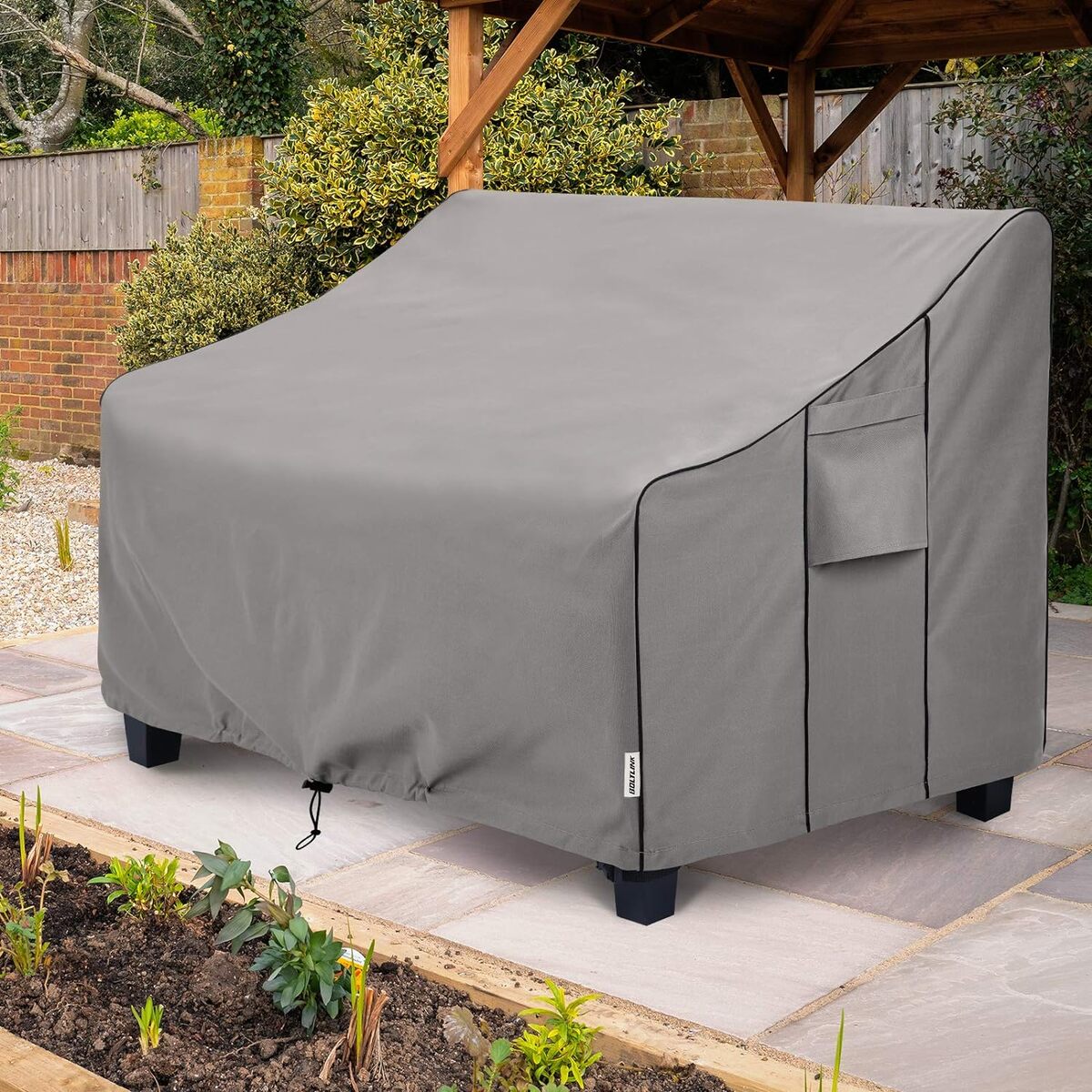
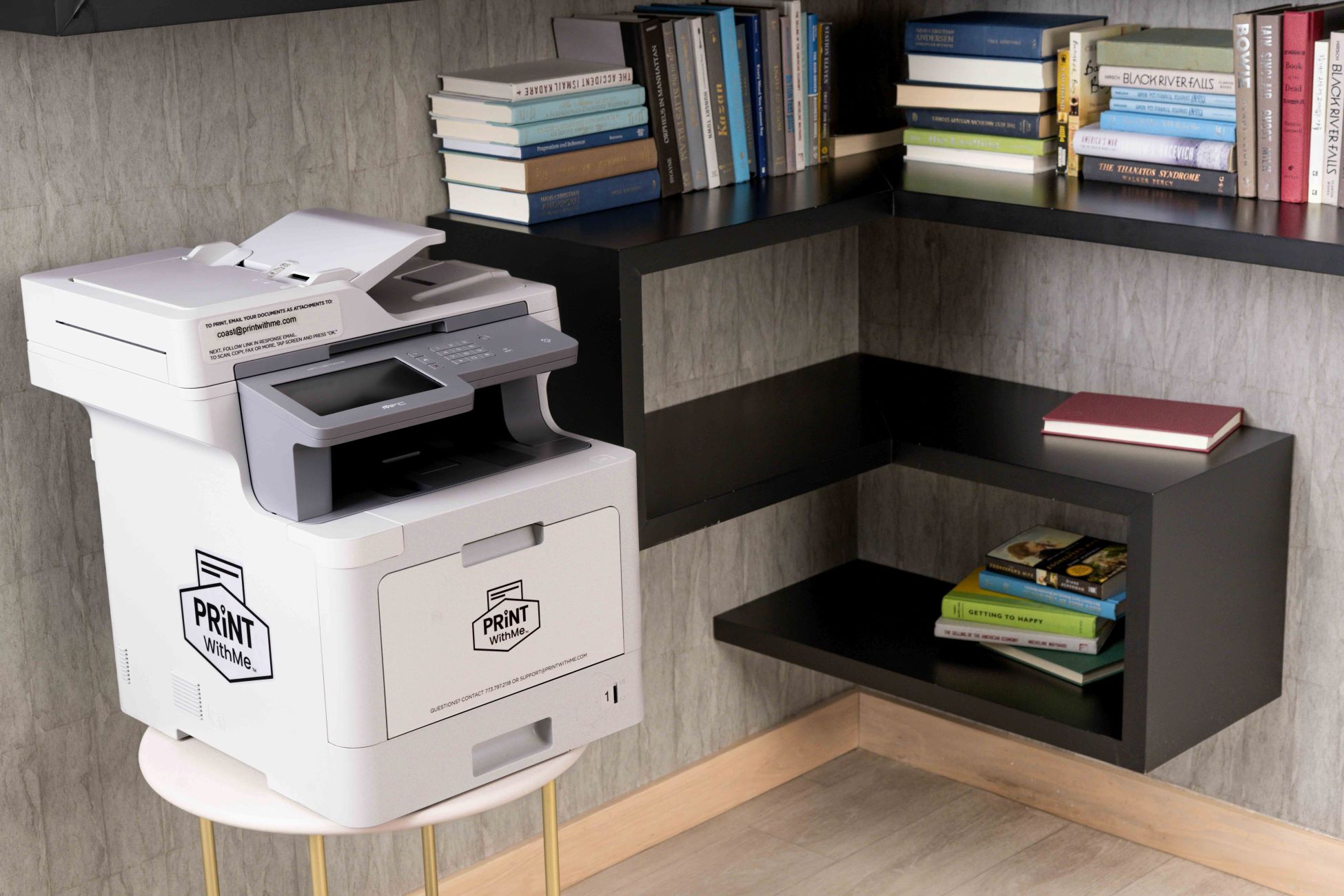


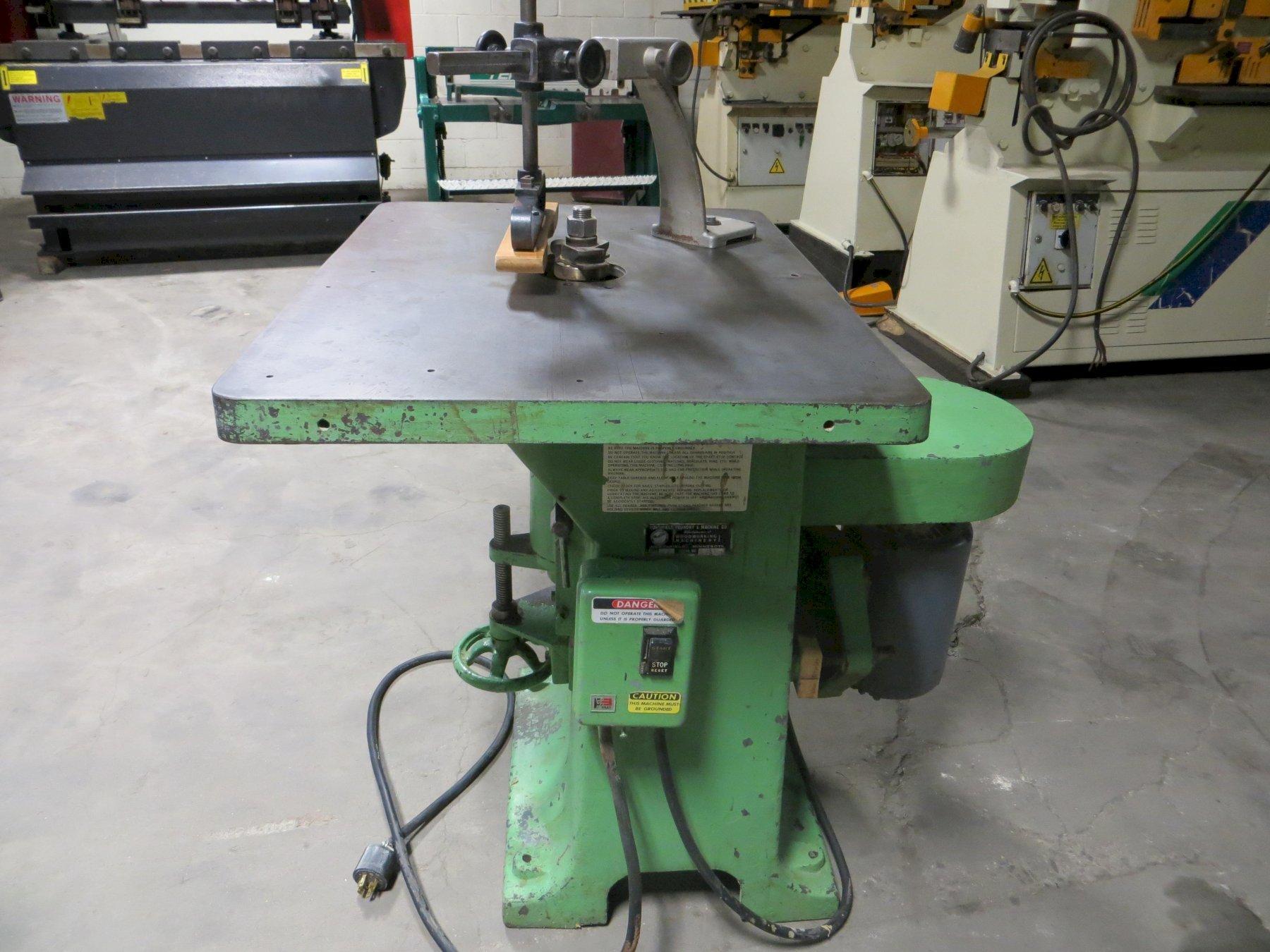
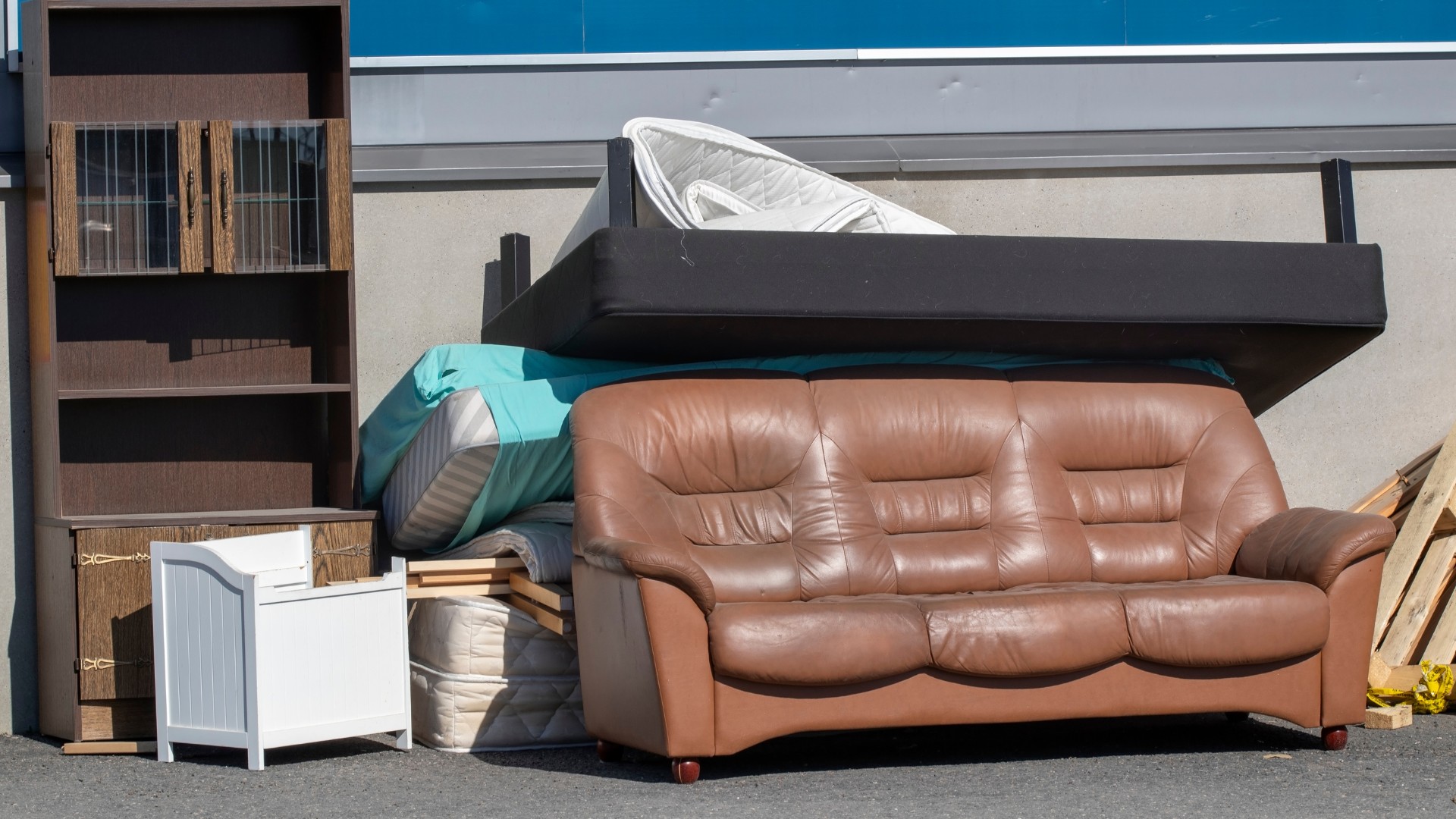
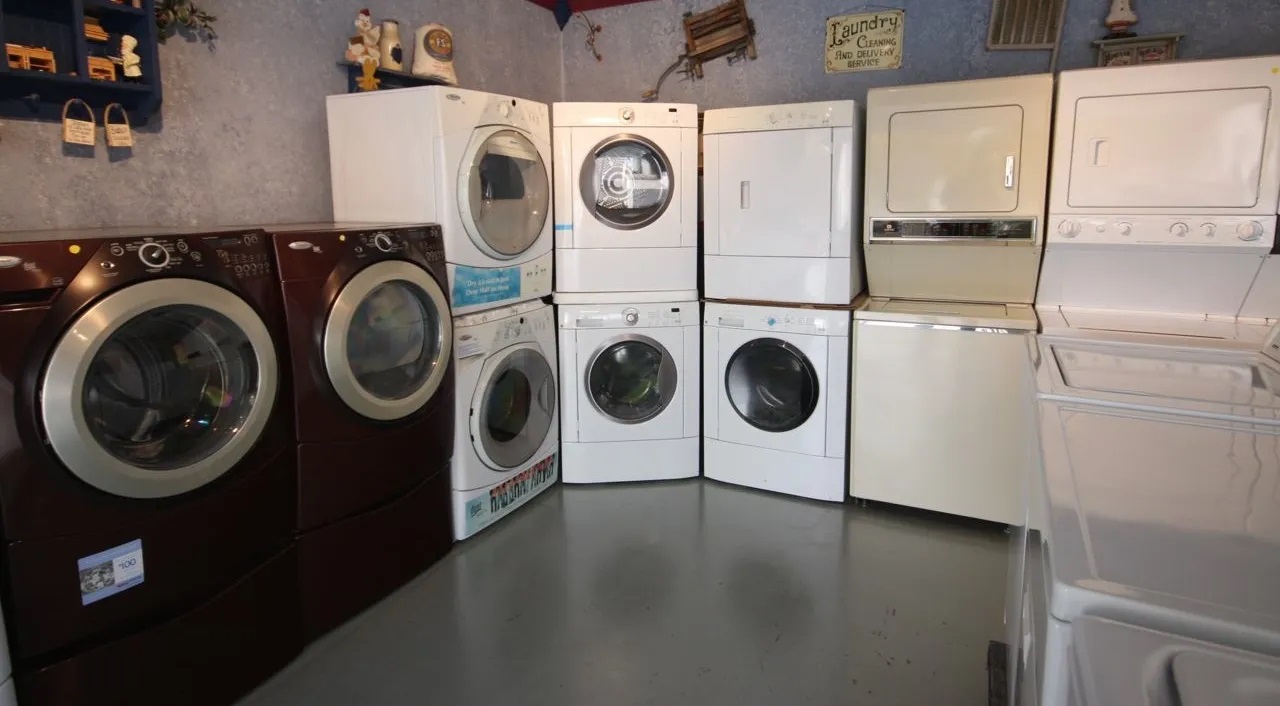

0 thoughts on “Where Can I Sell Used Furniture”